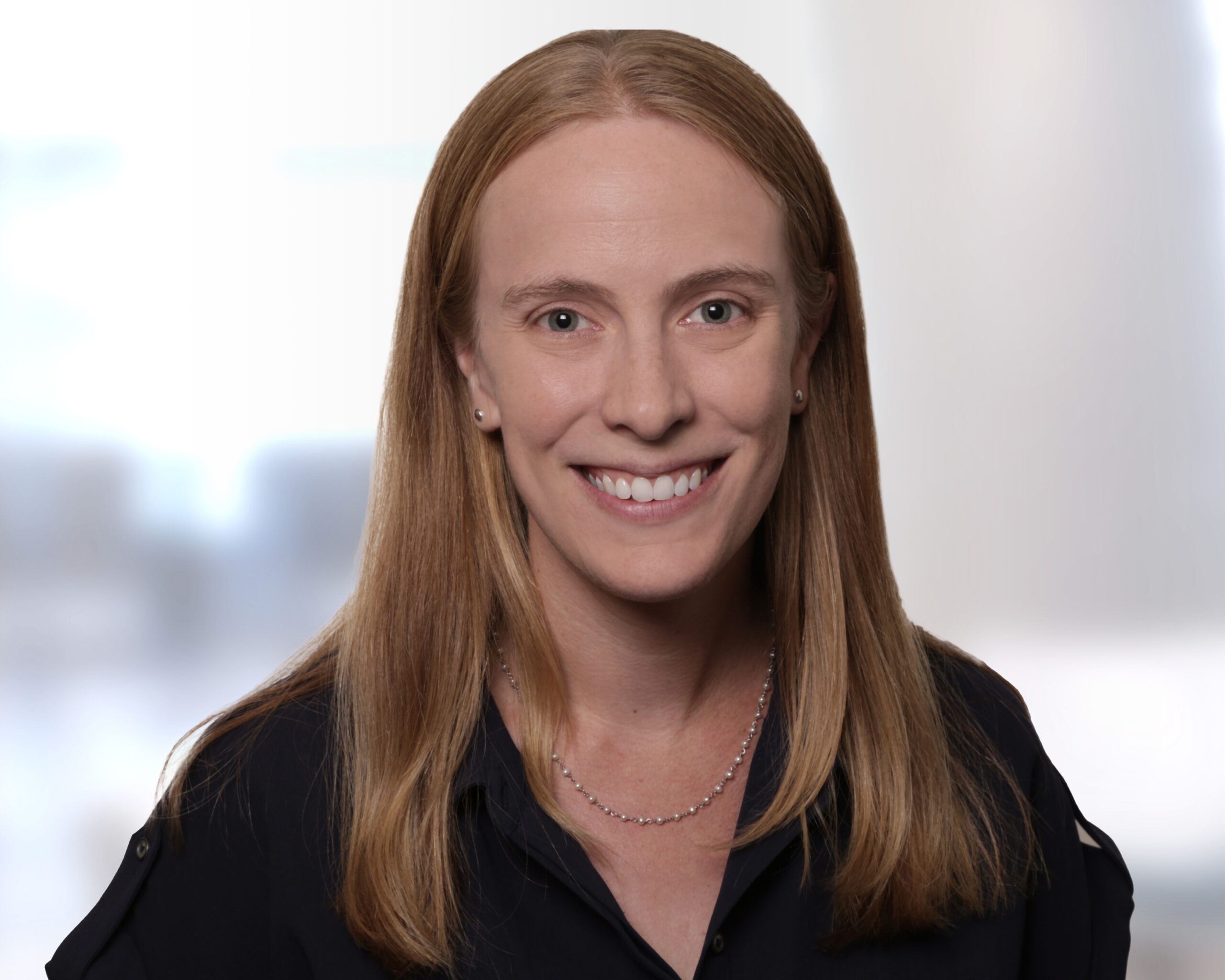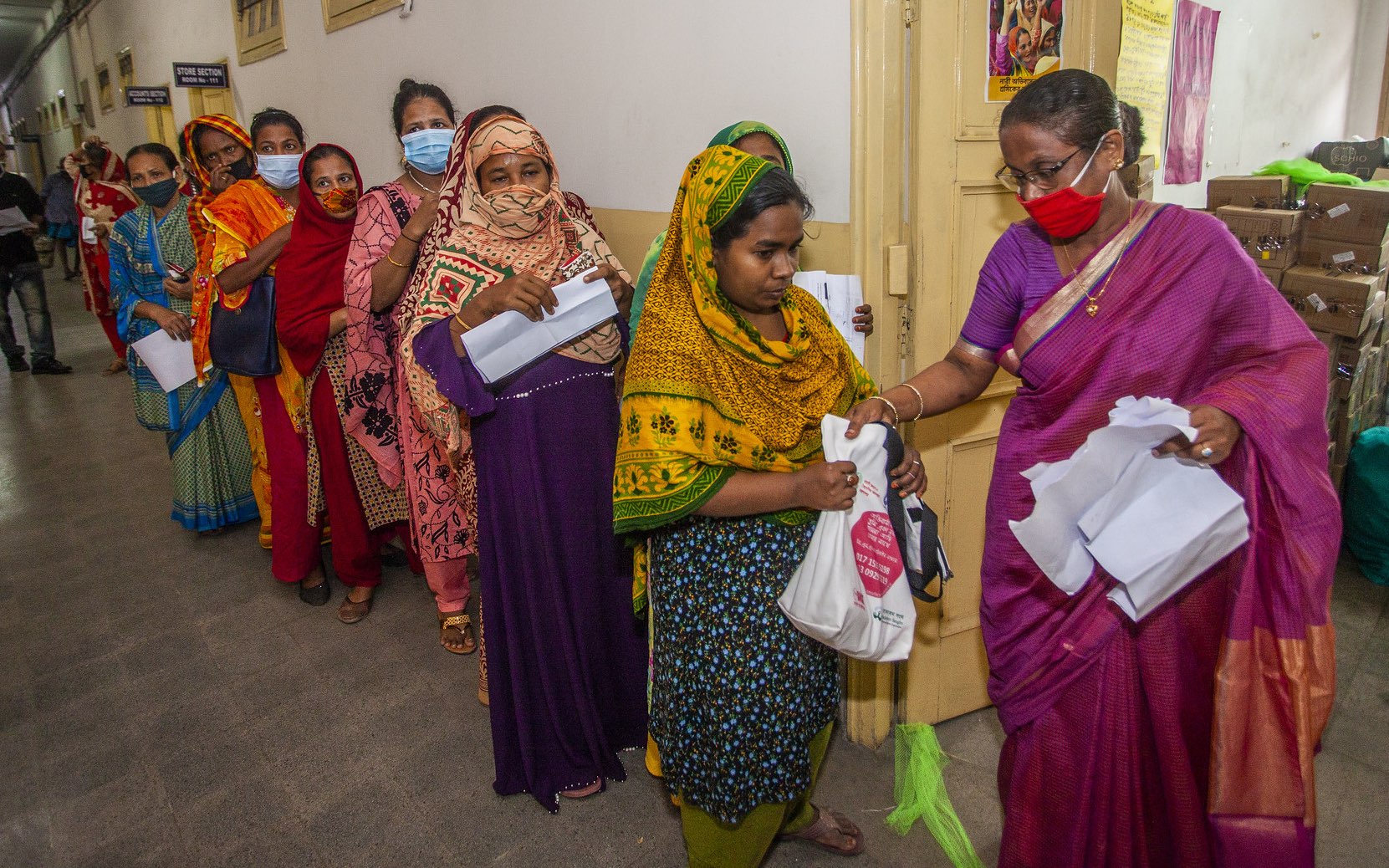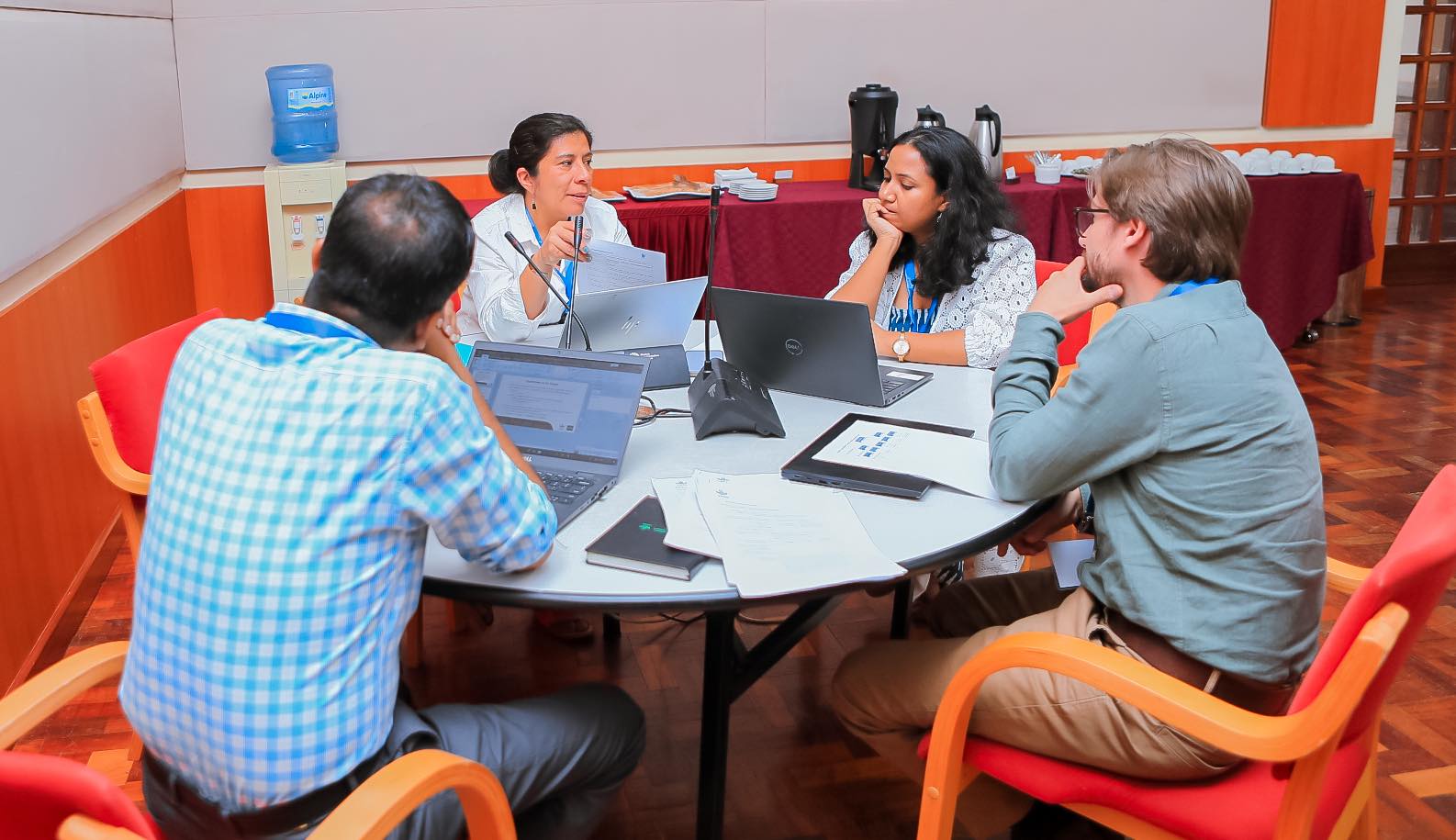I met Mariam (not her real name) at Doha, Qatar, airport in December 2021. She was traveling from Jordan on her way home to Bangladesh. When we started talking, she described how, about three years before, her husband arranged for her to work in Lebanon to repay a family loan to a local moneylender. Her in-laws were behind the decision because, according to Mariam, “by working abroad, I could at least help the family financially when I was unable to give them a child.” Although initially hesitant, Mariam agreed in the end also because a job could bring her financial independence and also help in paying her disabled brother’s medical costs.
People migrate as a matter of individual choice. But such decisions occur in complex contexts, often beyond the control of specific actors; local and international network dynamics are as much in play as individual rationality and choice.
As with most migrants, a family network opened the initial, critical channel for Mariam. One of her husband’s friends who worked in the nearby District Employment and Manpower Office (DEMO) and had connections with an adam bepari (recruiting agent) in Dhaka provided information about jobs in Lebanon and helped process migration documents. Adding to the family debt, the DEMO employee took a hefty sum to procure her passport, work visa, medical certificates, and plane ticket.
Everything went well until her official kafil (employer) in Lebanon “sold” her to a family in Beirut, where she worked as a maidservant (her words) but was denied her wages for six months. She managed to flee from the house with the help of a Bengali dalal (intermediary), who arranged for her a transfer to Jordan with a new iqama (work permit). This new employer procured new legal documents for her, including a passport through the Bangladeshi embassy in Amman. Mariam worked for the new employer and his paralyzed wife in Amman and was paid regularly. The employer also bought her a round-trip air ticket to visit Bangladesh, but she had to return within two months to maintain her work permit. She was worried about her ill brother, who would have no caregiver if she left again.
Mariam’s case highlights what scholars in the field have long noted: Migration is fundamentally a structural process. An individual’s migration choice depends on many actors and their ties, and individual migrants’ characteristics or intentions may play an insignificant role in the outcome.
A key example is national migration policies. These are interconnected, and much like migrants’ choices, they are responses to structural shifts in the global migration regime. A policy change in one country or a migration route may lead to a redistribution of migrants to a host of other countries or routes.
To unravel the actors and ties linked to migration, the IFPRI-led Gender-Sensitive Risks and Options Assessment for Decision Making (ROAD) project implemented participatory net-map workshops in Bangladesh, Nepal, Jordan, and Lebanon to understand which ties bind and potentially worsen the vulnerability of women migrants in the South to West Asian corridor.
Each workshop identified relevant actors, their interlinkages, and relative influence capacity in the migration policy domain in the respective country in response to an overall question: “Who influences the process of migration of women from the country of origin to the domestic care and garment sectors in the Middle East?”
In Bangladesh, workshop participants identified 34 migration actors and 64 interlinkages or ties. The Bangladesh to West Asia migration network was highly authoritative, with actors linked by authority and advice rather than advocacy, with both government and the private sector driving migration outcomes. While many NGOs and international organizations are focused on migration in Bangladesh, the results suggested that the Bureau of Manpower, Employment, and Training (BMET), the Bangladesh Overseas Employment Services Limited (BOESL), the Ministry of Expatriate’s Welfare and Overseas Employment (MoEWOE) and private recruiting agencies in destination countries had the most influence over migration decisions.
Results also showed that actors were sparsely connected and that information channels were long. Moreover, the mandates of the actors with the most perceived influence relate to increasing the numbers of migrants and not reducing vulnerabilities that migrants might face. The network structures and inefficiencies identified by the workshop participants—low information flows and information flow over many links—directly contribute to greater vulnerabilities for migrants like Mariam. These factors reduced her access to information about what to expect on arrival in Lebanon and Jordan after she signed up and, equally importantly, diminished her access to recourse mechanisms when she was working without pay in Lebanon.
Incorporating more voices and actors into migration decisions beyond those traditionally available to families and the structures provided by the government and private sectors would improve Mariam’s chances of a better migration experience.
Local government – especially at the Union Parishad level, which already has a function of growing women’s participation – could play a significant role if it were placed at the center of migration management. National media, foreign-funded NGO programs, and consultancy reports tend to over-portray migrants’ victimhood by highlighting detailed stories of migrant women’s sufferings during migration and in destination countries. While these are necessary, they force migrants to navigate against the currents of a deterrence narrative. These narratives should also incorporate success stories and experiences of returnee migrants.
Training programs that reflect the needs expressed by migrants, such as on language skills and workers’ rights, or those implemented by the Work in Freedom phase II project, can provide missing information and help migrants develop networks with other migrants that can transcend to the country of work.
Migrants’ associations, if mobilized in the sending communities and allowed to exist in the destination countries, could play an instrumental role in the process in addition to bargaining for the immediate rights of the migrants
Ultimately, mandates and processes themselves must be changed to ensure a resounding YES to the question “Are your structures, processes, and actions supporting decent work with a fair income and safe working conditions?” from all migration actors. This is all that Mariam was seeking.
Zahid ul Arefin Choudhury is an Associate Professor at the University of Dhaka and a Centre of Excellence for Development Impact and Learning (CEDIL) researcher. This post also appears on the CEDIL blog.
This project was funded by CEDIL, supported by UK aid from the UK Government.







